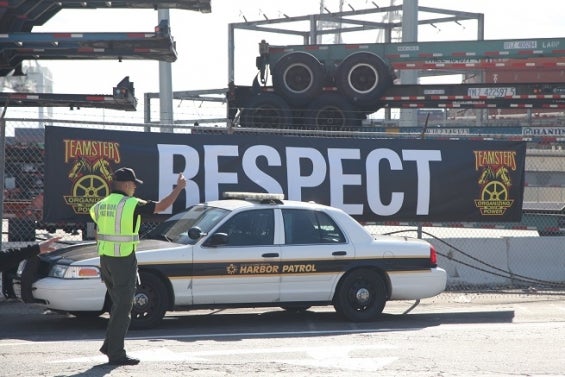Headline News
A Proposed Pathway To A Brighter Future For Workers

Low pay is a continuing problem for America’s workers, even in the face of declining unemployment. But finally, some in Washington seem ready to address the matter with real policy solutions.
House Democratic leaders unveiled on Monday a broad-reaching proposal to boost the middle class that would provide tax breaks to those earning up to $200,000 a year, paid for by those who are at the center of much of this nation’s economic suffering – Wall Street financers. Couples could save $2,000 a year on their taxes and would profit from a tripling of the child care tax credit. They would also be rewarded for saving.
The $1.2 trillion price tag over a decade would be paid for by a new fee on financial transactions – a proposal backed by the Teamsters — as well as from the top one percent of earners who would see their tax breaks reduced. The plan would also encourage employers to raise salaries in exchange for tax cuts.
“This is a plan to grow the paychecks of all, not just the wealth of a few,” said Rep. Chris Van Hollen (D-Md.), who spoke about the plan at a Center for American Progress event. “This proposal attacks the chronic problem of stagnant middle-class incomes from both directions – it promotes bigger paychecks and lets workers keep more of what they earn.”
It’s the second time in recent days that political leaders have shown foresight in a plan to build up the middle class. Late last week, President Obama debuted a proposal to provide free community college to students with a proven academic record. In the face of a growing need for education and training in the workplace, the initiative is a much-needed step to help U.S. workers compete.
It is estimated 35 percent of job openings will require at least a bachelor’s degree and 30 percent will require some college or an associate’s degree by 2020. The plan creates a partnership with states to help them waive tuition in high-quality programs for responsible students, while promoting changes that will help those students wanting to pursue a four-year degree.
Big ideas like these are needed because while unemployment might be at a pre-recession low of 5.6 percent, the job market is still years away from reaching its full potential. A report earlier this month from the Economic Policy Institute found the American economy is facing a 5.6 million job deficit. It states it won’t be until the summer of 2017 until this country reaches the labor force level of 2007.
So, in a nutshell, there is still a lot of work to do. American workers need to be prepared for the future job market. But they also should be respected for the countless hours many spending toiling away, especially at corporations making record profits year after year. Providing a pathway that builds skills and provides fair pay is a road lawmakers should be following.